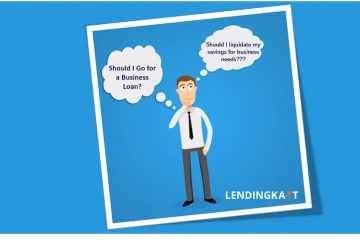Opportunities For Student Loan Relief Vary Based On Loan Type

Once you submit an application for student loan relief programs, your repayment expectations may alter depending on your student loan portfolio. There is no “one size fits all” solution for loan relief. The terms and conditions set forth by the lender must be followed for each type of loan. Part of your plan to find relief will need to include understanding each loan’s repayment options
Federal student loans and private student loans differ significantly. Interest rates are one of the key distinctions. For each of their individual loans, federal loans have fixed interest rates. Some of these also provide subsidized aid, whereby the government pays the loan’s interest while the student is enrolled in classes and occasionally during the grace period that follows. Federal assistance with subsidized loans kicks in the moment they are received. In comparison to the private sector, government loans have much lower interest rates. Prior to submitting an application for funding from the private sector, a student seeking financial aid for college should explore all grant, scholarship, and federal loan options.
For those who are aware of government initiatives and genuinely apply for aid, there is additional student loan relief. The Consumer Financial Protection Bureau intends to step up its education initiatives so that students who do take out federal loans are informed about all available relief programs. The majority of federal loan borrowers are currently not utilizing the relief programs linked to their loans. Too many people are defaulting on their loans, in contrast. The borrower must apply in order to receive assistance. Borrowers won’t be pursued by the Department of Education.
Companies that offer relief from student loans provide a service to those who require it. A borrower will be able to determine what kind of savings they can expect from their federal loans with the help of a free consultation. actual applications made directly to the Dept. of Although education is free, these services can help you save money in the long run if you don’t have the time to sort through your debt or deal with complexity.
Private loans provide consolidation but not as many different programs as the government does. You’ll be able to secure a respectable interest rate if you have good credit. The disadvantage of using credit is that those who need assistance are already experiencing financial hardship and are finding it difficult to make their student loan payments. To consolidate in the private sector, you might require a guarantor or a collateral loan. Your federal debt will be considered in the process by the majority of private lenders. Finance professionals would not advise a borrower to do this because government interest rates are much lower.
Spend some time outlining the details of your student loans. who you owe money to, how much, and when payments are due. Before considering consolidation, it’s crucial to separate the loans and apply for any available student loan relief programs.













